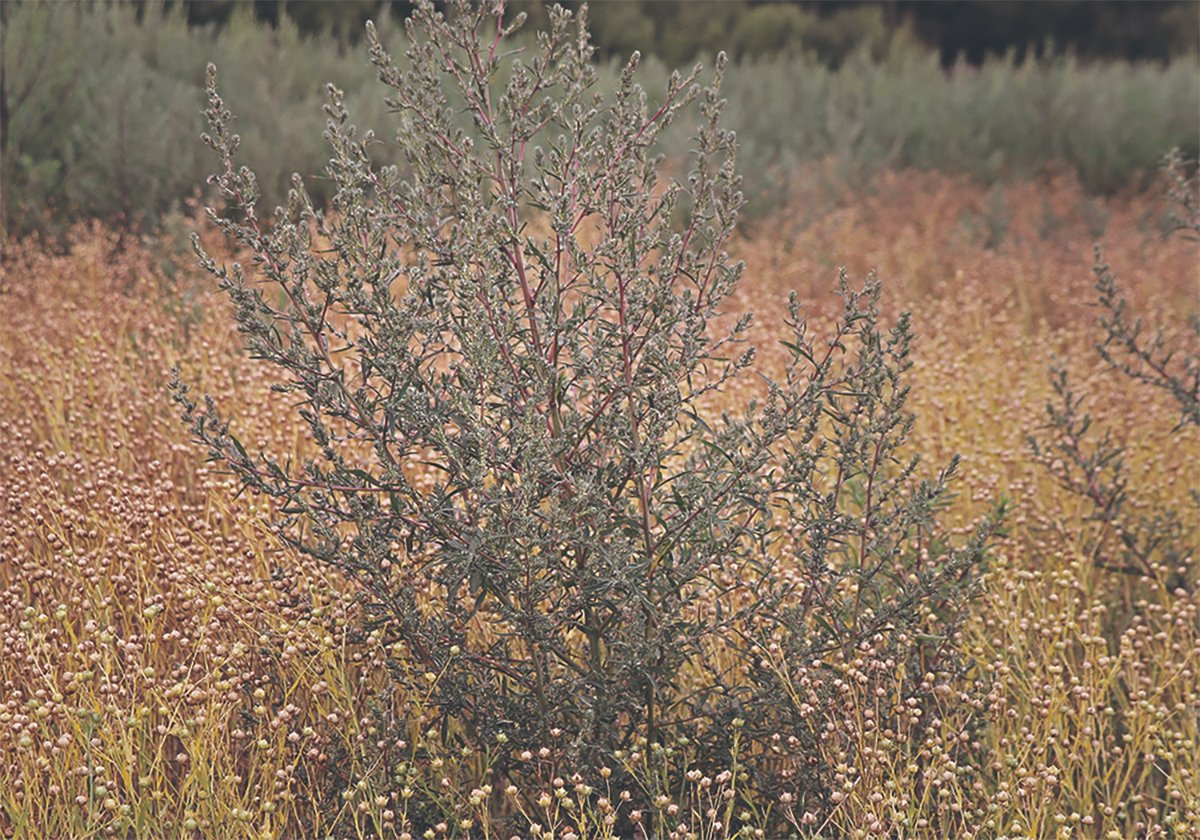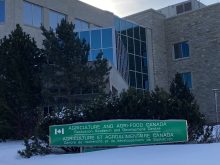Canadian Food Inspection Agency still working with affected farms, while producers cope with stress caused by outbreak
The spread of avian influenza in Canada continues to slow as the migration of transitory birds suspected of spreading the virus also settles down for the summer.
But the stress continues on poultry producers and Canadian Food Inspection Agency officials as they deal with cases on nearly 100 poultry farms across Canada. So far, nearly two million birds have been affected.
“At the moment right now, we have close to 700 of our employees — more than 10 percent of our agency — deployed to specific sites. We have 89 sites that are active at the moment,” CFIA vice-president Philippe Morel told the federal standing committee on agriculture May 19.
Read Also

Kochia has become a significant problem for Prairie farmers
As you travel through southern Saskatchewan and Alberta, particularly in areas challenged by dry growing conditions, the magnitude of the kochia problem is easy to see.
Morel’s statement came after Conservative agriculture critic and Alberta-based MP John Barlow pressed him on what steps the agency is taking to speed the depopulation efforts on affected farms, which are taking up to two weeks to complete.
Morel told the committee bio-security measures at sites with confirmed cases are established immediately and the agency is “going as fast as we can go.”
The latest numbers from CFIA may offer a chance to catch up to two months of skyrocketing numbers of infected birds across the nation.
Alberta has seen the largest numbers since the first case was reported in the province in early April, which quickly rose to more than 900,000 by mid-May.
But since then, only about 50,000 birds have been reported as being affected by the outbreak with new farms affected slowing to a trickle.
It’s not a great situation for Jillian Byres, who co-owns Blue Ridge Farms northwest of Edmonton with her husband, Brett.
While Blue Ridge hasn’t been hit by this year’s bird flu, Byres said the issue is of great concern on her operation, which produces 1,100 chickens and 700 turkeys annually and on a seasonal basis, along with 100 laying hens.
“Our birds will be outside pretty soon and it only takes one (wild bird) to come and land and spread the disease,” she said.
Byres said she’s closed tours of the farm.
“I love offering farm tours, especially for home school kids, walking up to see the pastured poultry,” she said. “I just don’t think we’ll be able to do that this year. Until the numbers go down or go away, I won’t be doing that.”
She credits her lack of cases to her location in northern Alberta, away from the heavily affected areas near the Calgary-Edmonton corridor along Highway 2, which stretches down to the border with the United States.
However, the devastation of the disease, which can wipe out a flock in a matter of days, is top of mind.
“I am worried,” said Byres of the potential spread of the bird flu. “We’re one bird flight away.”
Saskatchewan has seen an increase in affected farms and birds from this year’s avian influenza in the past few weeks, hitting 12 operations and 119,000 birds.
Manitoba continues to report only a single operation impacted with British Columbia appearing to be stabilizing at eight farms and 54,000 birds impacted.

















